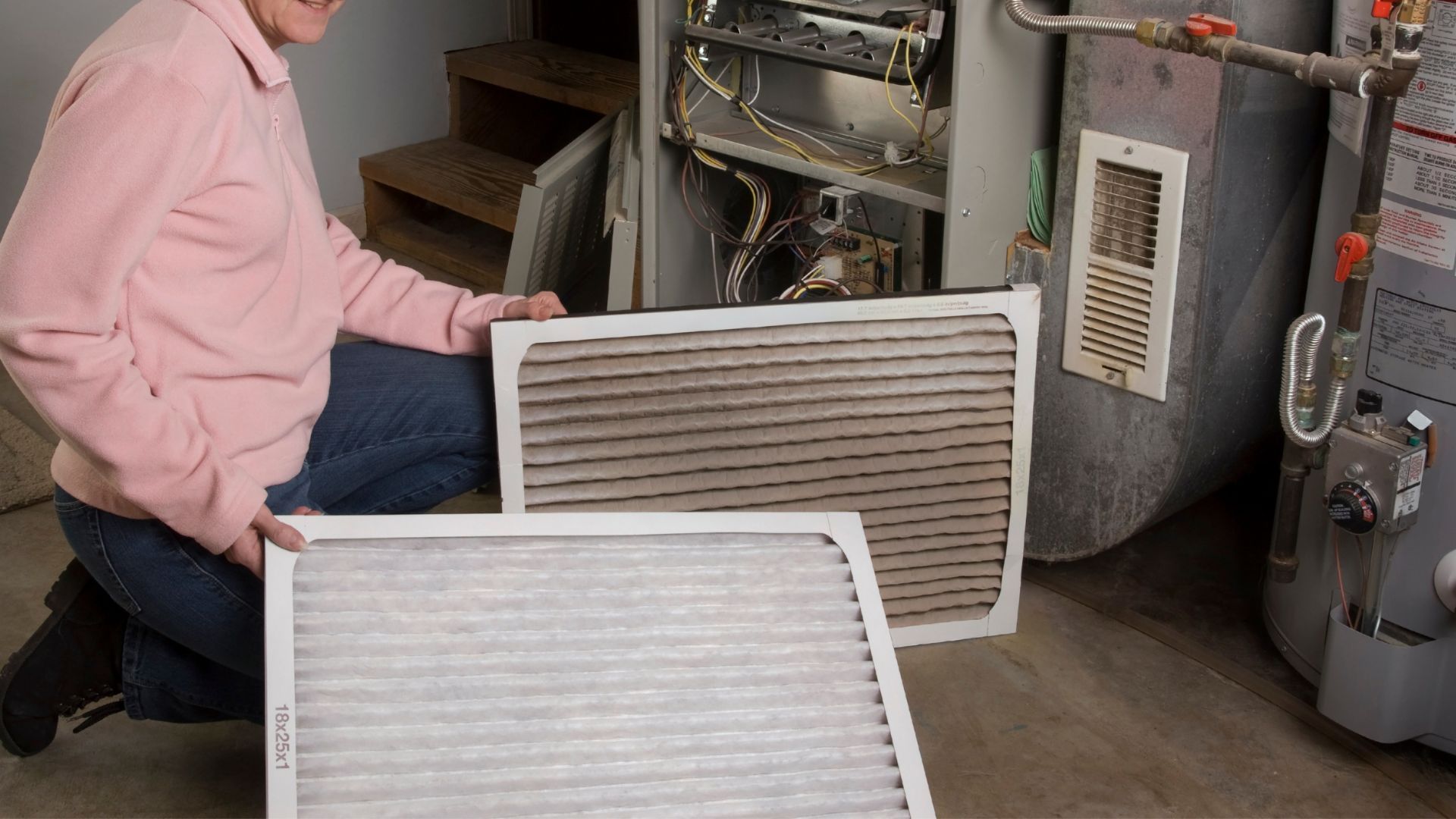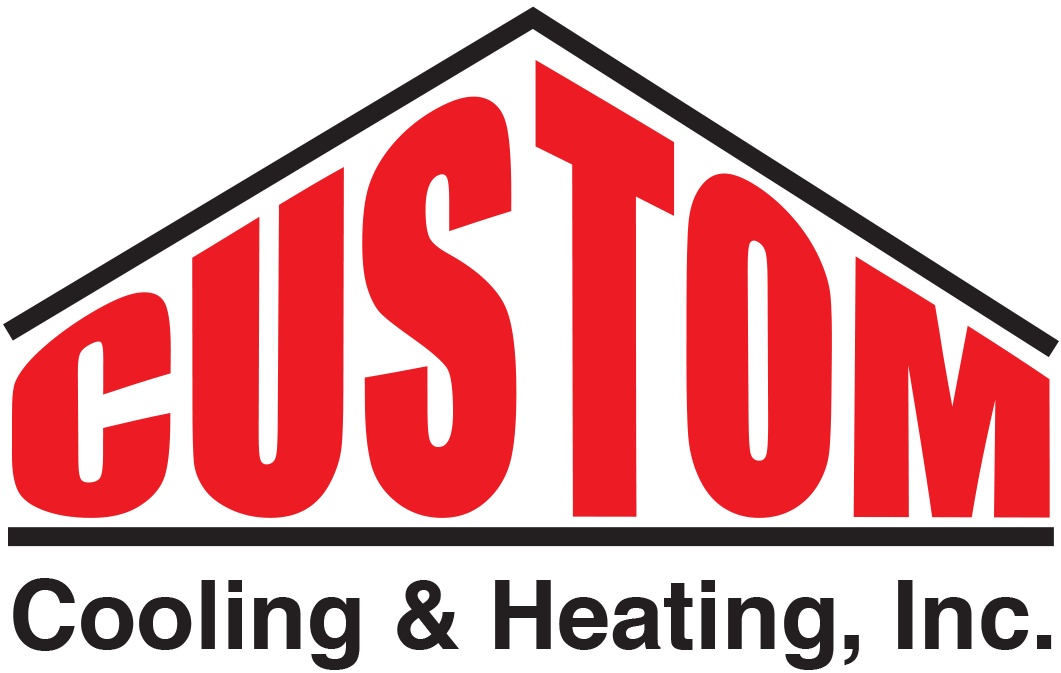Compressor Types: Single, Two-Stage, Variable-Speed
Variable-speed compressors are one of the most recent products in residential air conditioning. It’s a huge leap forward for getting the perfect indoor temperature most efficiently. And if you’re wondering “What’s the difference between single-stage, two-stage, and variable-speed compressors,” here’s the simple answer: Variable-speed compressors are the better choice.
But you weren’t looking for the simple answer, were you? Let’s talk about why it’s the better choice.
Understanding Traditional Air Conditioning
Single-stage compressors are the most basic type, offering only one level of operation: high. This means they run at full capacity whenever they are on, cycling on and off throughout the day.
Single-stage compressors blast your home with cold air and turn themselves off when they reach the temperature setting on your thermostat. For example, if you set the thermostat to 75 degrees, the air conditioner will run anytime indoor temperatures hit 76 degrees. After the AC cools the house back to 75 degrees, it will turn off again.
There’s also a two-stage or dual-stage compressor that provides two distinct levels of operation: high and low. This allows for more efficient and flexible cooling compared to single-stage systems. A two-stage unit runs at full capacity when you need it to and at a lower level when you don’t. Two-stage units don’t run as continuously as a variable-speed AC, but they do cycle on and off less frequently than single-stage systems.
Basics of Variable-Speed Air Conditioning
Variable-speed compressors work differently. To maintain an indoor temperature that matches the setting on your thermostat, they operate continuously at less than 100% capacity – often as low as 25% or 30% capacity. As a result, they run for much longer cycles than single-stage AC units. In the summertime, they might run for all or most of the day!
At this point, you’re probably thinking, “It’s hot out there! Why would I want an air conditioner that runs longer and cools my home slower?”
Well, a variable-speed compressor’s longer run times dehumidify your home more effectively than the short cycles of a single-stage unit. One of the biggest problems with single-stage compressors is that they’re not running continuously. Relative humidity increases whenever the AC isn’t on, making you feel hotter and more uncomfortable.
Most people deal with this problem by lowering the temperature on their thermostat, which brings us to the other benefit of variable-speed compressors: cost.
The Cost of Comfort
A single-stage compressor blasts your home with cold air before it turns itself off. Then it turns on again when the indoor temperature increases. Most of your air conditioner’s electricity draw occurs when it turns on, not while it’s running. In the summer, a single-stage compressor turns on and off a lot, known as “short cycling.” Short cycling can become an issue when it is above 95 degrees outside and you’re gaining heat about as fast as your A/C can remove it.
Since single-stage compressors have short cycles, they draw a lot more electricity than a variable-speed unit that turns on and stays on (at a low speed) for hours. They also don’t dehumidify indoor air very well, forcing you to lower the temperature setting on your thermostat. As a result, the single-stage AC is much more expensive to operate!
Two-stage compressors don’t turn on and off nearly as much. They’re more efficient than single-stage units, but not as efficient as variable-speed compressors. Variable-speed air conditioners run continuously, dehumidifying the air inside your home. As a result, you feel comfortable at higher temperatures and don’t have to set your thermostat so low. And since they don’t turn on as often, variable-speed AC units lower your energy bill.
Are There Other Benefits?
Believe it or not, more effective cooling and greater efficiency aren’t the only benefits of a variable-speed compressor.
If you’re concerned about indoor air quality, opting for a two-stage or variable speed unit can help purify the air circulating your home, resulting in healthier conditions for you and your family. Since they dehumidify indoor air more effectively than a single-stage unit, a more efficient system helps you eliminate mold growth in bathrooms and kitchens, prevent dust mites, and create conditions that aren’t suitable for insect intruders.
And since variable speed units run more frequently, they also filter your indoor air more effectively. More air is cycled through your return ducts – and your air filters – resulting in a lower volume of air contaminants. According to the American Lung Association, the average American spends 90% of their time inside, and 62% of that time inside their own home. Having cleaner air inside your home for yourself and your family is essential.
Nowadays, you can look beyond “keeping cool” and improve many aspects of home comfort, all through your choice of air conditioning equipment. Variable speed technology is a big reason why.
Looking for guidance on the best air conditioner for your Lincoln area home? Whether single-stage, two-stage, or variable speed, our team can help you choose the right system.
Contact Custom Cooling and Heating today to find the right fit for you.
Get Your Free Estimate & Schedule Your Installation!
Read our latest articles


Get Your Free Estimate & Schedule Your Installation!
Want a new System?
We offer a free, no-obligation quote for your new installation!
Need a Repair?
Schedule a convenient fix with our local technicians today!
All Rights Reserved | Custom Cooling & Heating, Inc. | Privacy Policy | Website Developed by True North Technologies
All Rights Reserved | Custom Cooling & Heating, Inc.
Privacy Policy
Website Developed by True North Technologies

